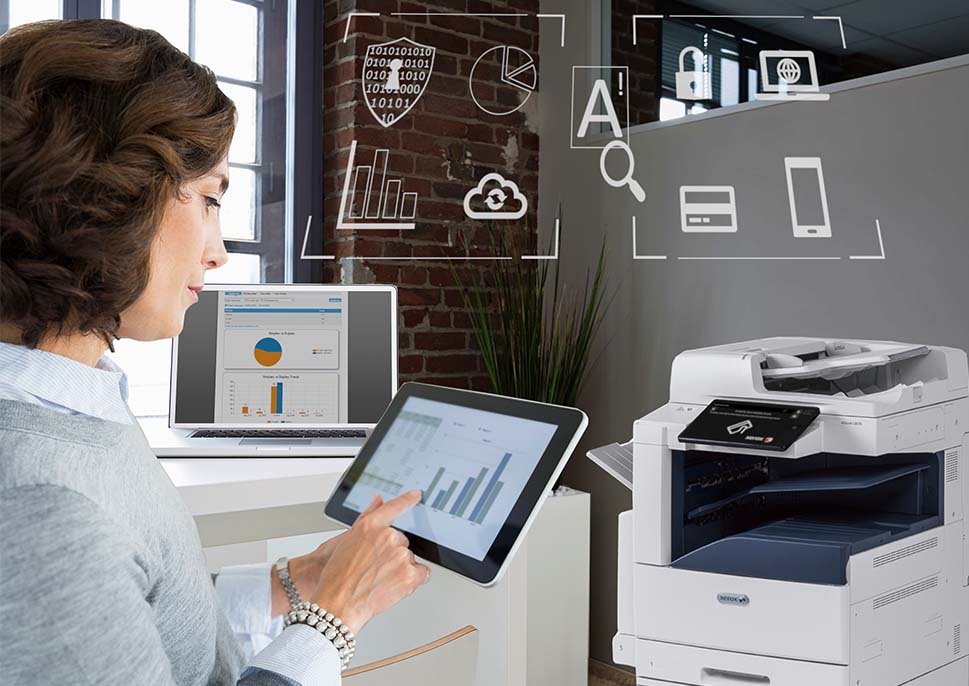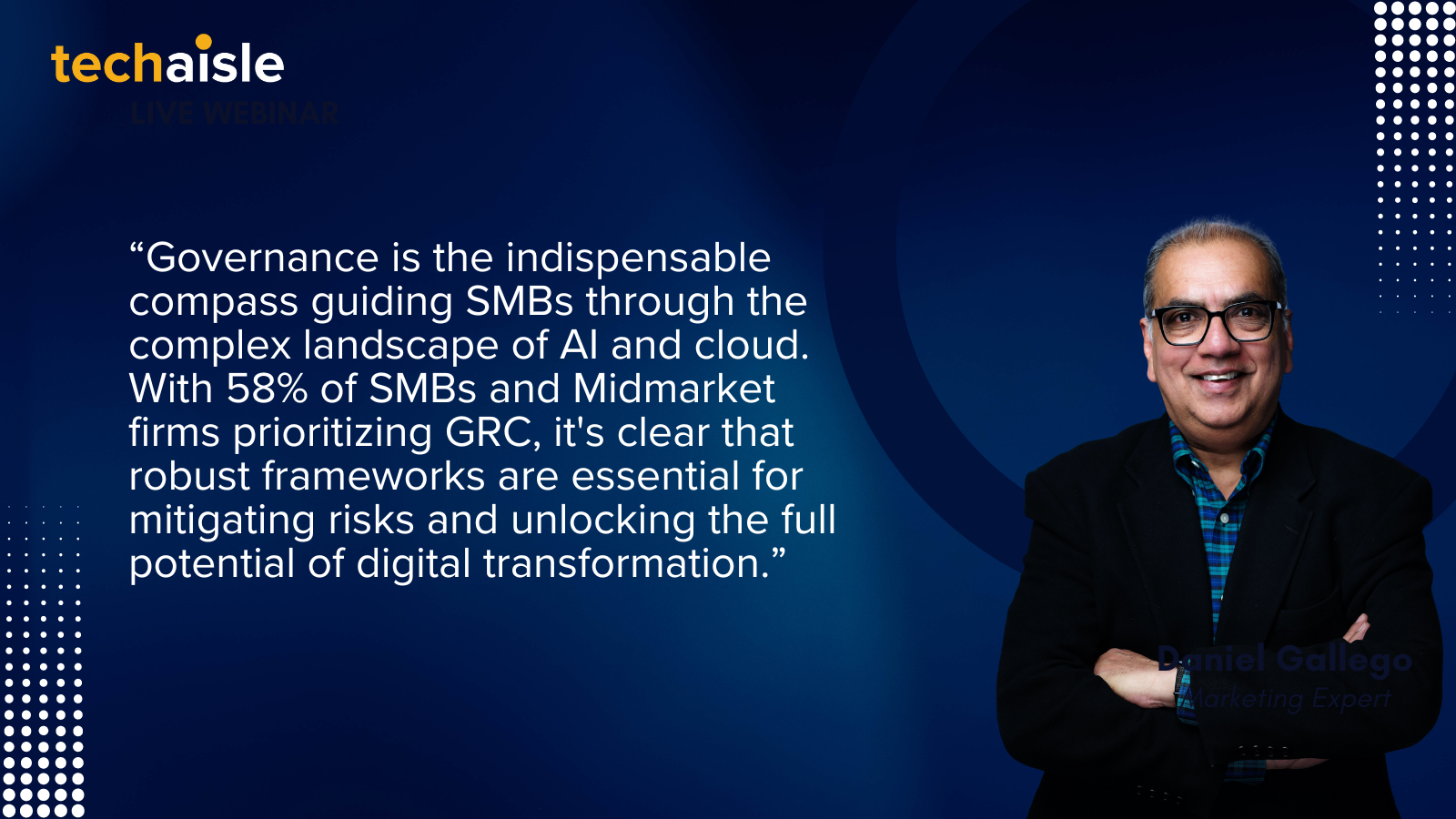In the digital age, where data is the new gold, the midmarket is facing a silent, yet devastating crisis: a glaring lack of cyberattack readiness. A recent study by Techaisle, titled "SMB & Midmarket Security Adoption Trends," paints a grim picture, revealing that many mid-sized businesses are woefully unprepared for the inevitable onslaught of cyber threats. The numbers do not lie, and they are screaming for attention.
The $11 Million Wake-Up Call
The average financial loss from security incidents in the midmarket sector is $11 million. This substantial amount can significantly impact a company's financial stability, undermine customer trust, and potentially lead to bankruptcy. This statistic alone underscores the urgent need for midmarket CEOs and IT managers to prioritize cybersecurity.
Moreover, it is concerning that 34% of midmarket firms lack a security protocol for responding to security incidents. This unpreparedness is akin to a fire department without an escape plan. When a cyberattack occurs, these companies are often left without a clear response strategy, resulting in increased confusion and substantially higher losses.
The Shadow Pandemic of Undetected Attacks
The study also reveals that 57% of midmarket firms have experienced a security incident, and most attacks go undetected. This is a shadow pandemic, where breaches occur silently, festering within systems for months, even years, before they are discovered. The longer an attacker has access, the more damage they can inflict, stealing sensitive data, disrupting operations, and demanding hefty ransoms.
Confidence Crisis and Risk Blindness
A significant concern is the lack of confidence among midmarket leaders. 36% of these firms acknowledge their uncertainty in recovering from a security incident primarily due to inadequate preparedness. Without comprehensive incident response plans, strong security infrastructure, and skilled personnel, recovery efforts can become highly challenging, often resulting in prolonged downtime and irreparable damage.
Additionally, 35% of midmarket firms do not have established risk frameworks. This deficiency in proactive risk assessment and management increases their susceptibility to various threats, including ransomware, phishing, data breaches, and insider attacks. Consequently, these firms face substantial vulnerabilities regarding their data security.
The Security Awareness Black Hole
A significant issue is the lack of security awareness training; 72% of midmarket firms do not provide it. This means employees, the weakest link in security, are vulnerable to phishing, malicious links, and weak passwords. Without training, they can inadvertently aid cyberattacks.
Cloud Security: A False Sense of Security
Cloud has brought immense benefits, but it has also created a false sense of security. 60% of midmarket firms feel that native cloud security is not sufficient. While cloud providers offer basic security features, they are not a silver bullet. Businesses must implement robust security measures, including data encryption, access controls, and threat monitoring, to protect their cloud assets.
Underprepared and Overwhelmed
The study ultimately underscores a widespread sense of inadequacy among midmarket firms. Nearly half, 49%, perceive themselves as less prepared than their counterparts. This perception of being outmatched and overwhelmed can result in complacency and inaction, thereby increasing their susceptibility.
The Path to Resilience: A Call to Action
The Techaisle study underscores the cybersecurity vulnerabilities facing midmarket companies. However, proactive measures can build robust defenses.














